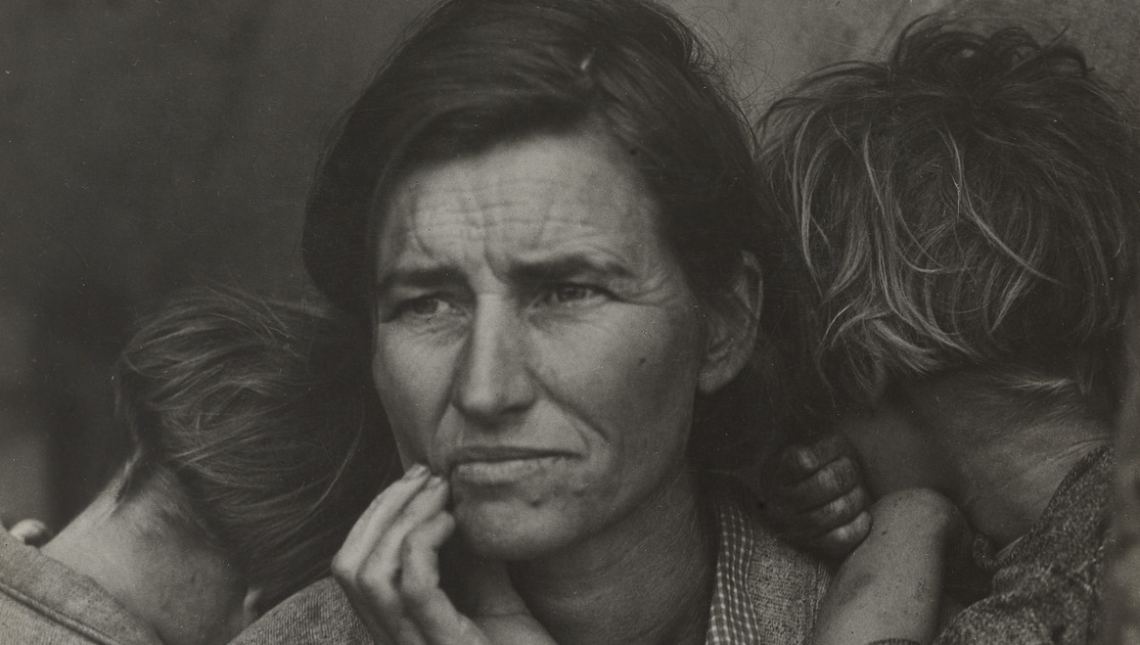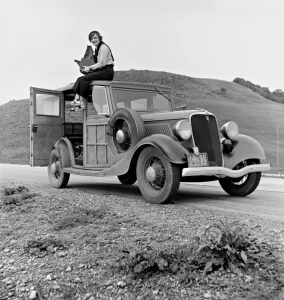
Dorothea Lange: A Lens on Humanity
 Dorothea Lange (American, 1895–1965) took photographs that are more than just images; they are powerful narratives etched in light and shadow. She didn’t just take pictures; she captured the human spirit in the face of adversity, becoming a defining voice of the 20th century and solidifying her place as a pivotal figure in photography, and indeed, in American history. While her work is often associated with the Great Depression, her impact extends far beyond that era, influencing generations of photographers and artists.
Dorothea Lange (American, 1895–1965) took photographs that are more than just images; they are powerful narratives etched in light and shadow. She didn’t just take pictures; she captured the human spirit in the face of adversity, becoming a defining voice of the 20th century and solidifying her place as a pivotal figure in photography, and indeed, in American history. While her work is often associated with the Great Depression, her impact extends far beyond that era, influencing generations of photographers and artists.
Her power wasn’t just in her technical skill, though she was undoubtedly a master of composition and light. It lay in her empathy. She possessed an uncanny ability to connect with her subjects, to see and convey their stories with dignity and respect. She understood that behind every weathered face, every tattered garment, was a complex individual with a story to tell. This deep understanding allowed her to capture not just the surface realities of poverty and hardship, but also the resilience, strength, and hope that persisted even in the darkest of times.
One of Lange’s most iconic images, “Migrant Mother,” (above) encapsulates this perfectly. The image of Florence Owens Thompson, her face etched with worry and exhaustion, surrounded by her children, became a symbol of the Depression era. Yet, it’s more than just a depiction of hardship. It’s a portrait of maternal strength, a testament to the enduring power of human connection in the face of unimaginable challenges. Lange’s caption, “Seven hungry children. Their father is a California cotton picker. They are living in a tent on the edge of a pea field where they have just picked peas,” provided context, but it was the image itself that spoke volumes.
Beyond “Migrant Mother,” Lange’s work documented a wide range of social issues. From the plight of migrant workers to the internment of Japanese Americans during World War II, she used her camera as a tool for social commentary, bringing to light injustices and prompting reflection. Her photographs from the Japanese American internment, in particular, are a powerful testament to the injustice of the era, and some were even suppressed by the government at the time.
Lange’s approach to photography was groundbreaking. She didn’t simply document; she engaged. She listened to her subjects, understood their struggles, and conveyed their stories with sensitivity. Her work wasn’t just about the moment captured in the frame, but about the human experience behind it. This empathetic approach, combined with her artistic talent, elevated her work beyond mere documentation and into the realm of powerful storytelling.
Dorothea Lange’s legacy extends far beyond her own time. She helped establish documentary photography as a powerful force for social change. Her work continues to inspire photographers today, reminding them of the importance of empathy, storytelling, and the power of the image to connect us all. She wasn’t just an important female photographer; she was an important photographer, period. Her gender is part of her story, particularly given the era in which she worked, but her talent and impact transcend gender. She showed the world, through her lens, the shared humanity that connects us all, and for that, she remains an icon.



